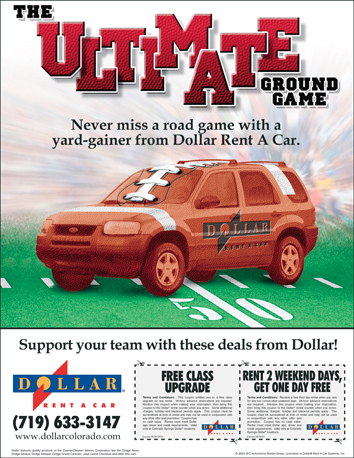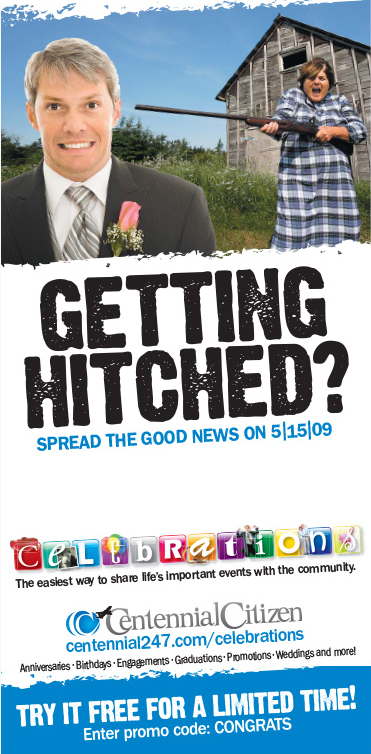Once upon a time…
Many a story has been started with those four words. When one reads those words, it’s understood that some sort of literary tale is about to unfold; a tale with action and excitement, love and romance, mystery and romance or perhaps a morality tale with a valuable life lesson.
Most of human history has been passed down in narrative form though stories, allegories and even song. The use of the written word to chronicle our past is a relatively new phenomenon (in the grand scheme of things), but as you may know, most of what we consider to be historical fact has its roots in the tales passed down from generation to generation for millennium.
A story is a powerful way to make a point and attract attention to a concept or idea. So why not use a story to spread your advertising message?
Competition in the advertising world is fierce. A recent statistic states that the average person is exposed to over 5,000 advertising messages every day, and of those, he remembers only four (Walker-Smith, 2006). When you think about it, that’s a lot of messaging and a lot of advertising clutter to cut through in order to grab your customer’s attention and make your sales pitch.
When you consider the development of your advertising and marketing, an important principle to explore is how to grab the reader’s attention, hold on to it and persuade him that your product or service is essential to solving his problem.
A common approach is to use a catchy headline or dynamic image to grab attention. But what comes next? For many advertisements, the flashy first impression is all there is and the rest of the advertisement is little more than a jumble of words, starbursts, price points and has little to do with the initial headline or image. It’s a lot of sizzle, but no steak.
The approach I advocate in advertising creation is to tell a story with your marketing. It doesn’t matter if it’s print, web, radio or television. The point is to grab the audience’s attention and hold on to it by providing entertainment value mixed with a relevant benefit message and strong call to action.
There are two basic types of advertising:
Branding ads (also known as Image ads): These ads are the quintessential example of all sizzle, no steak. They thrive on a catchy image, headline or title, perhaps a brief mention of services and are tagged with a logo and possibly a website. Branding ads have a long shelf life and are best suited for media like television, billboards and magazines – which also share a relatively prolonged lifespan. A branding ad does nothing more than reinforce the presence of a company and maintain public awareness. The lack of any time-sensitive information allows for the ad to remain relevant longer, yet doesn’t instill a sense of urgency to prompt the reader to take immediate action.
Call-to-action ads: The call-to-action ads (C2A) are the most common type of advertising. They are designed, either through price point or benefit statements, to spur the reader to take immediate and decisive action. Essentially, they’re designed to make the cash register ring and get people in the door. They usually come with some sort of ‘ticking clock’ (meaning an expiration date) to ensure that the customers react immediately and not a week from next Thursday. C2As are an excellent way to drum up immediate response, but unlike branding ads, do not have an extended lifespan. C2As are good for newspapers, radio, television, and direct mail, but less so with magazines and billboards.
Most ads fall into either one of the above two categories, and both can be effective if used properly. But how do you make them memorable? That’s where the story comes in to play.
The story method for advertising development doesn’t literally mean that you write or create a long story and ask that the customer read through copious amounts of copy. It’s much more simple than that.
What three things does every story have, that an advertisement should also possess?
Check this out:
Every story has a beginning (a ‘Once Upon a Time…’ moment).
How it applies to advertising: Every advertisement should have one as well. This is your hook; your catchy headline or interesting graphic. It needs to set the tone or expectations for what is to come.
Every story has a middle (a plot).
How it applies to advertising: This is where you establish a need and take the reader on a journey. It’s the meat of our story. You need to establish what it is you do and how your product or service can directly improve the life of the customer. This speaks to relevant benefit. Relevant benefit can be defined as the direct association of a product or service and the immediate improvement or impact to a person. This is a biggie. If you can’t relate your product or service to a benefit for your customer, you need to rethink your approach.
Every story has an end (a ‘Happily Ever After…’ moment).
How it applies to advertising: Just as a story eventually ends and has some sort of moral lesson or conclusion, so too must a good advertisement. Usually, this takes the form of a strong call to action. This is where you sum up everything that came in before and tie it back to a relevant benefit. A weak call to action would be something like ‘For more information call 800-555-1234′ or ‘Visit our website to find our more.’ These are suitable for branding type ads, but not for call-to-action advertising. A strong C2A will typically tie into an emotional need or benefit of the customer ‘Stop back pain in its tracks, call 555-1234 today’ or ‘Saving for your child’s education has never been so easy, stop in today!’
In either case, the call-to-action directs the reader to exactly the type of response you wish them to undertake. Don’t direct them to call if what you really want is to have them visit your store. Don’t tell them to go online, if they can only do what you want by phone. Be specific, but make sure it’s about them.
Below are some sample of print ads that utilize the storytelling principle. A breakdown of each ad is included in the caption to help distinguish the methods use to ‘tell a story.’

This sample utilizes bright colors to attract the eye and ties in a relevant benefit statement directly into the headline. Notice how the call to action reinforces the C2A and directs the reader to call to schedule an evaluation?

This ad for Dollar Rent-A-Car uses a strong and distinctive image to grab the reader’s attention. The content is simple yet straight forward leaving no doubt as to the benefit. The call to action takes form of coupons for savings on vehicle rentals.

An example of the story principle used in a branding ad. The strong imagery combined with minimal text tells the story of the versatility and durability of the vehicle. There is no call to action, but since vehicle purchases are rarely an impulse buy the ad can be effective with simple contact information.

This ad uses humor in the form of strong headline and compelling image to tell the story. The body copy is minimalistic yet conveys the intent of the advertisement. The call to action is an offer to try the service for free for a limited time.
Incorporating the story methodology not only makes your ads more entertaining and more effective, but it also help you design the ad more effectively. Breaking the ad into the three sections and identifying a clear-cut beginning, middle and end helps to dial in on the precise message desired. It helps to eliminate extra words and irrelevant messaging and allows for a more fine-tuned and professional presentation. It affords you the luxury of being creative and informative while respecting the time of your customer. The average print advertisement has only one half of one second to attract the audience’s attention; for television and radio it’s only a couple of seconds. That’s not much. If your ad doesn’t have that clear hook; that solid ‘Once upon a time…’ moment, you’ve already lost that particular customer.Don’t assume that your audience is hanging on your every word. Give them a reason to stick around and tune in just a little bit longer. It’s a mistake many novice marketers make — assuming that everyone will read every word, or intently watch every commercial or listen to every radio spot. The story methodology helps avoid these pitfalls and craft a message that grabs the audience’s attention, is entertaining, informative and relevant.
